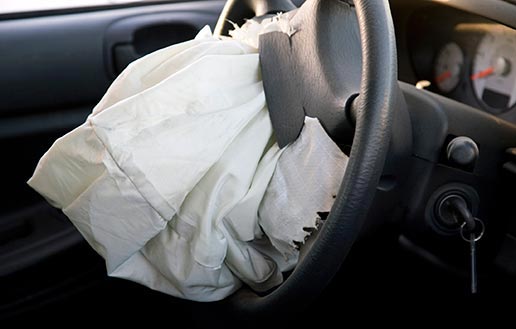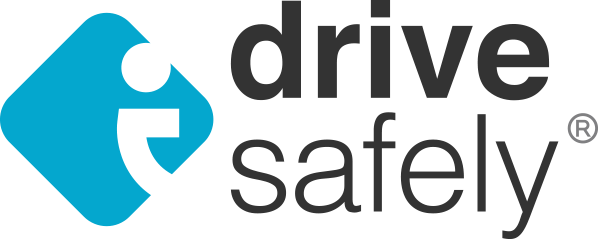First on the Scene of a Car Accident

Serious car accidents require attention.
What Should I Do If I’m First on the Scene of a Car Accident?
We’ve all been there: a major car accident occurs, and traffic slows down simply so drivers can rubberneck and check out the situation. But when you witness a serious car accident, you shouldn’t just look on and do nothing. Somebody needs to take action, and if you decide to take on this responsibility, there are some things you should know. Being first on the scene of a car accident can be stressful, but you have the potential to help save lives. Keep in mind that every situation is different, but this should serve as a general guide for you to know what to do in this situation.
Approach Cautiously
When you approach the scene of an accident, be sure you park a safe distance from the crash. It’s best if you park a minimum of 100 feet away. This way you can assess the situation and keep yourself out of harm’s way. This also allows room for emergency vehicles to reach the scene. Size up the scene, including possible injuries and the severity of the damage. Be on the lookout for hazards like flames, fuel that may have leaked, or scattered broken glass.
Signal the Accident
Turn on your car’s hazard lights, and set out traffic triangles if you have them (which you should, as part of your car emergency kit). The important thing is that you make it known that help is needed at the site.
Call 911
The next thing you should do is call 911. You will need to provide specific details about the accident, such as the location of the crash, how many people are involved, how severe the injuries are, and any other relevant information. If another witness arrives at the same time as you, ask them to call 911 while you help those involved in the accident, if possible.
Help Victims Who Need It
If it’s safe to approach the scene, you can assist the individuals involved. However, you should not move any of the victims, unless they are in immediate danger. You should also not attempt to treat any injuries unless you are professionally trained. Your job is to help keep them as calm as possible, and out of harm’s way, until help arrives. Let them know that help is on the way, and be as supportive as you can. They are likely very scared and in pain, so holding their hand and reassuring them that everything is going to be alright can go a long way.
Handle the Vehicles
After you’ve checked on the victims, you can help by putting the involved cars in “park” and turning off the ignition. Remember, only do this if it is safe! Don’t put yourself in danger.
Once help arrives, you can let the professionals take it from there. Be proud of yourself for helping at the scene of an accident—you served a vital role.










